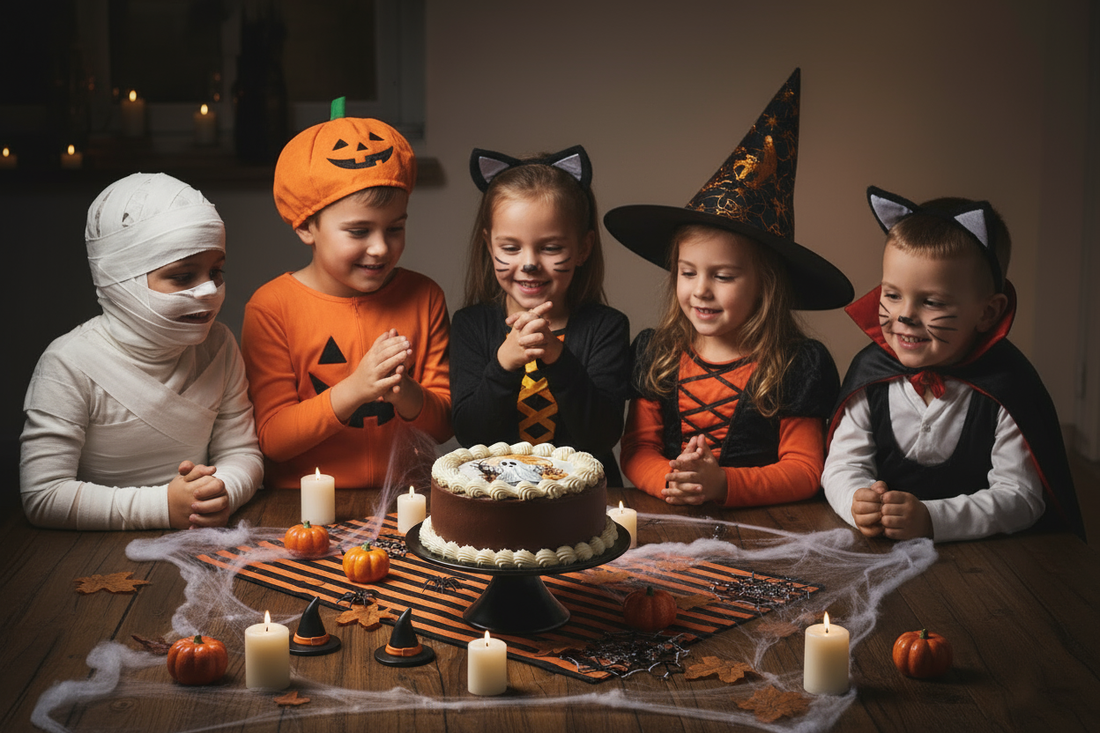
The True Irish Story of Halloween
Discover the True Irish Story of Halloween: It's More Than Just Pumpkins
Every year, as ghosts and goblins appear on doorsteps, many people around the world celebrate Halloween without knowing its ancient, mystical origins. While today it's a festival of costumes and candy, the true story of Halloween begins over 2,000 years ago, right here in Ireland, with the ancient Celtic festival of Samhain (pronounced 'sow-in').
Forget everything you thought you knew about Halloween; let's explore its authentic Irish roots, a story far richer and more fascinating than haunted houses and horror films.
What is Samhain? The Ancient Celtic Festival
For the ancient Celts, the year was divided into two halves: the light half (summer) and the dark half (winter). Samhain marked the end of summer and the harvest and the beginning of the dark, cold winter. It was the most important festival in the Celtic calendar, a time when the veil between our world and the Otherworld was believed to be at its thinnest.
This meant that spirits and fairies (the Aos Sí) could more easily cross into our world. While some spirits were welcomed, others were feared. The Celts believed these supernatural beings needed to be appeased to ensure that the people and their livestock survived the harsh winter.
Ancient Irish Halloween Traditions
- Bonfires: Huge communal bonfires were lit to mimic the sun, encourage the return of light after winter, and act as a cleansing ritual. People would walk between two bonfires as a purification ritual, and cattle were driven through the embers for protection.
- Costumes and Disguises: To avoid being carried away by malevolent spirits, people would wear costumes made of animal skins and heads to disguise themselves as fellow spirits, hoping to blend in and remain safe.
- Turnips, Not Pumpkins: The original Jack-o'-lanterns were not pumpkins, which are native to North America. In Ireland, people would hollow out large turnips, potatoes, or beets and carve fearsome faces into them. A lit piece of coal was placed inside to ward off evil spirits.
How Samhain Became Halloween
When Irish immigrants fled to America during the Great Famine in the 19th century, they brought their rich Samhain traditions with them. Over time, these customs merged with other cultural traditions, like the American harvest festivals. The easily available and larger pumpkin replaced the turnip, and the tradition of "guising" evolved into the "trick-or-treating" we know today.
The name "Halloween" itself comes from the Christianisation of the festival. In the 8th century, Pope Gregory III designated November 1st as All Saints' Day. The evening before became known as All Hallows' Eve, which was later shortened to "Halloween."
Planning a Spooky Celebration?
Immerse yourself in the ancient traditions without the toil. If you're hosting a Halloween party in Dublin and need a show-stopping centrepiece, our special Halloween Celebration Cake is freshly baked and ready to delight all your ghoulish guests.
Order Your Halloween CakeFrequently Asked Questions (FAQ)
Is Halloween really an Irish holiday?
Yes, absolutely. Halloween's origins can be directly traced back to the ancient Celtic festival of Samhain, which was celebrated in Ireland over 2,000 years ago. Many of the traditions we associate with Halloween today are modern interpretations of ancient Irish customs.
Why is a turnip the original Jack-o'-lantern?
The tradition of carving Jack-o'-lanterns comes from an old Irish folktale about a man named Stingy Jack. Pumpkins are not native to Ireland, so the Irish people originally carved faces into turnips, potatoes, and beets, which were common root vegetables, to frighten away wandering evil spirits.
What does 'Samhain' mean?
Samhain is an ancient Gaelic word that is often translated as "summer's end." It marked the end of the harvest season and the beginning of the "darker half" of the year, winter.





